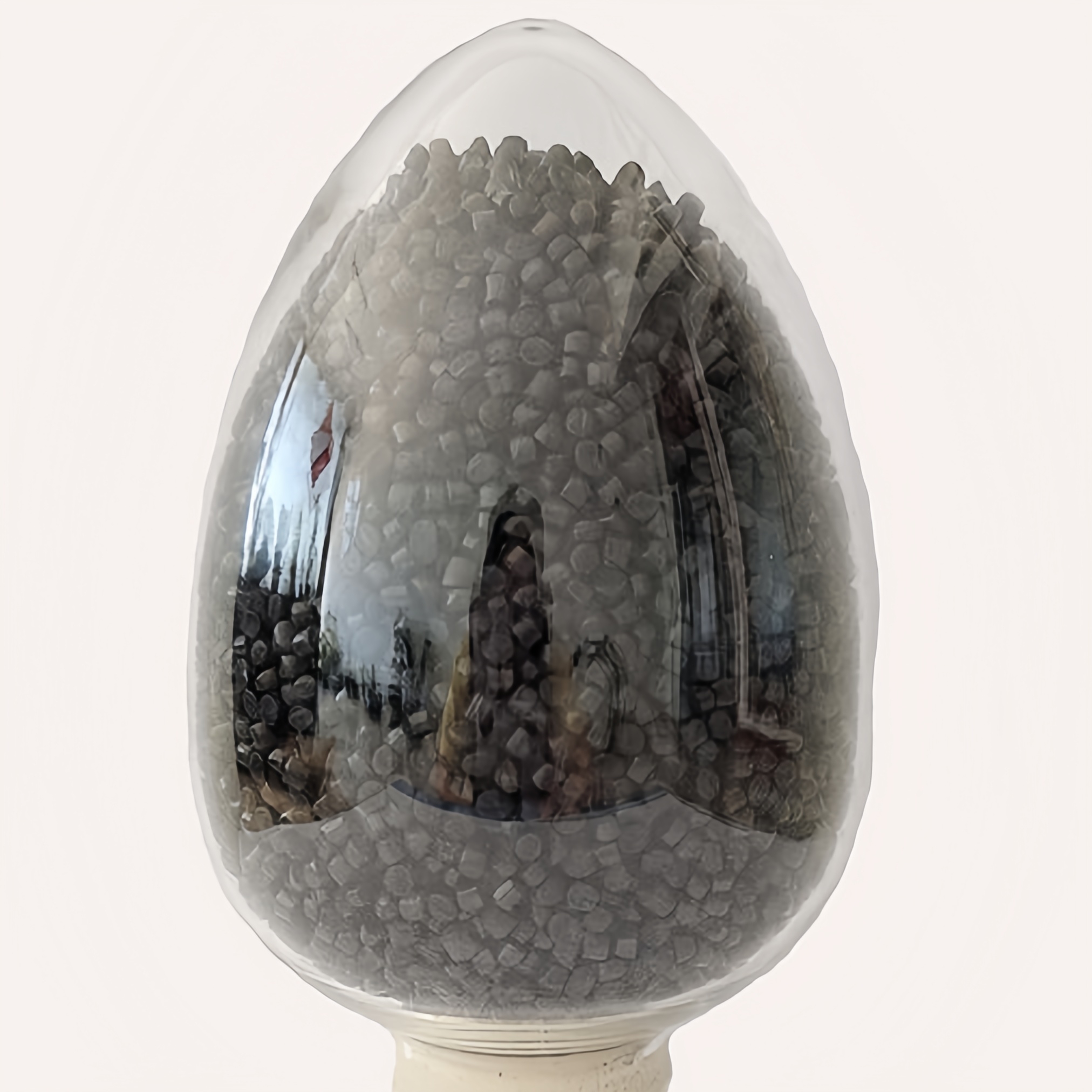Difference between Bonded and Non-Bonded Peroxide Crosslinking Semi-Conductive Shielding Material
![微信截图_20240410153028]()
Bonded Shielding Material:
Bonded shielding material refers to a formulation where the shielding layer is firmly adhered to the insulation or conductor layer of the cable.
In bonded shielding, the shielding material chemically bonds with the insulation or conductor layer during the crosslinking process, forming a strong and permanent connection.
Bonded shielding provides enhanced mechanical strength and protection against moisture ingress, ensuring long-term reliability in harsh environments.
This type of shielding is commonly used in applications where durability and robustness are paramount, such as outdoor installations or underground cables.
Non-Bonded Shielding Material:
Non-bonded shielding material refers to a formulation where the shielding layer is applied independently of the insulation or conductor layer and is not chemically bonded to it.
In non-bonded shielding, the shielding layer is typically extruded or applied as a separate layer over the insulation or conductor, allowing for easy removal or replacement if needed.
Non-bonded shielding offers flexibility and versatility in cable design, as the shielding layer can be adjusted or modified without affecting the underlying insulation or conductor.
This type of shielding is commonly used in applications where flexibility and ease of maintenance are prioritized, such as indoor installations or cables requiring frequent modifications.
In summary, the main difference between bonded and non-bonded peroxide crosslinking semi-conductive shielding material lies in the manner in which the shielding layer is integrated with the insulation or conductor layer of the cable. Bonded shielding provides a permanent and robust connection, while non-bonded shielding offers flexibility and ease of maintenance. The choice between the two depends on factors such as environmental conditions, installation requirements, and maintenance considerations.






































